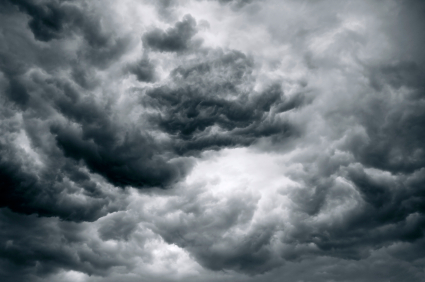Spring, 1808
Dear Mr. Jefferson,
The journey was the Corps at its best. The journey was America at its best. The journey was teamwork at its best. When Captain Lewis and Captain Clark set out to gather a team of men to accomplish a feat never been done before they picked the right men. We all have our set of unique skills, but the are only useful in a team of many, all with the same goal. To reach the Western Ocean and discover creatures and plants never recorded before. We set out not knowing what was ahead prepared for anything, but it wasn't the amount of rum we had or the amount of rifles we obtained. It was the solid spirit of our men. The rock hard backbone that drove us through the mud and into the snow.
ps. For my weekly labors, discoveries...for all my endeavors have brought to this expedition, I believe I should be paid the grade of an -A.
The journey was the Corps at its best. The journey was America at its best. The journey was teamwork at its best. When Captain Lewis and Captain Clark set out to gather a team of men to accomplish a feat never been done before they picked the right men. We all have our set of unique skills, but the are only useful in a team of many, all with the same goal. To reach the Western Ocean and discover creatures and plants never recorded before. We set out not knowing what was ahead prepared for anything, but it wasn't the amount of rum we had or the amount of rifles we obtained. It was the solid spirit of our men. The rock hard backbone that drove us through the mud and into the snow.
ps. For my weekly labors, discoveries...for all my endeavors have brought to this expedition, I believe I should be paid the grade of an -A.




















